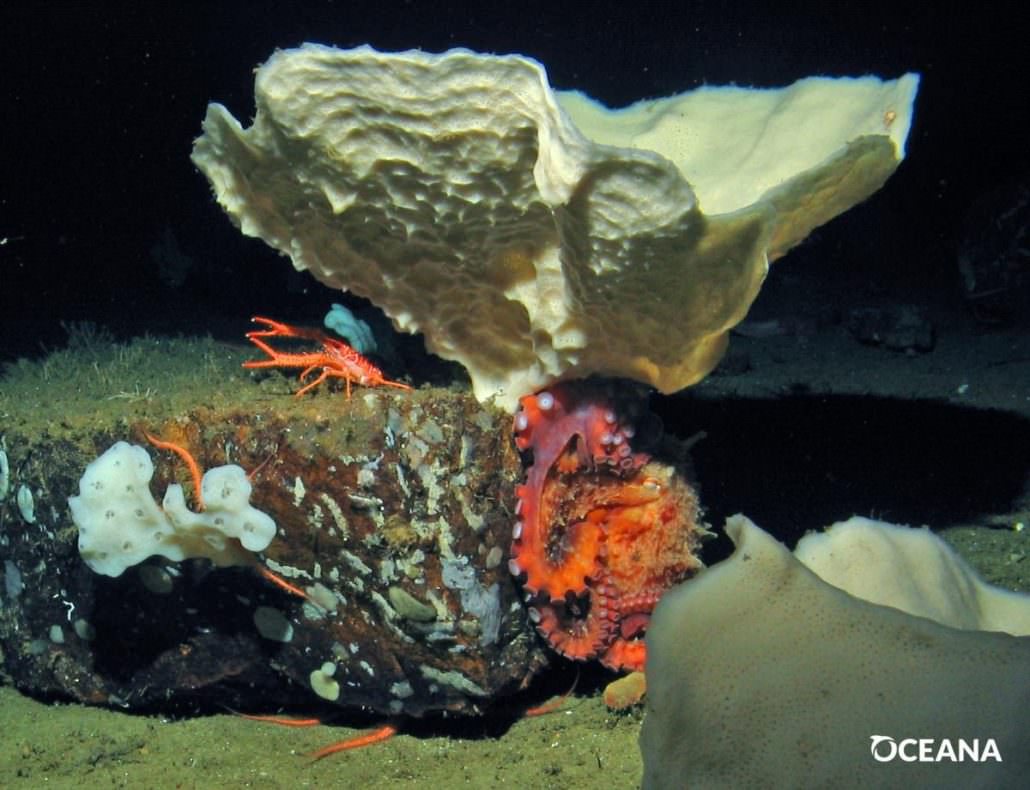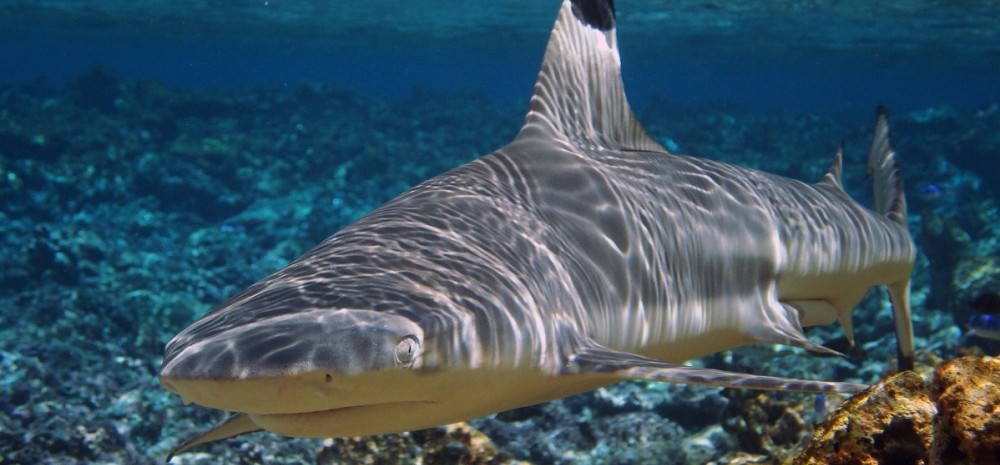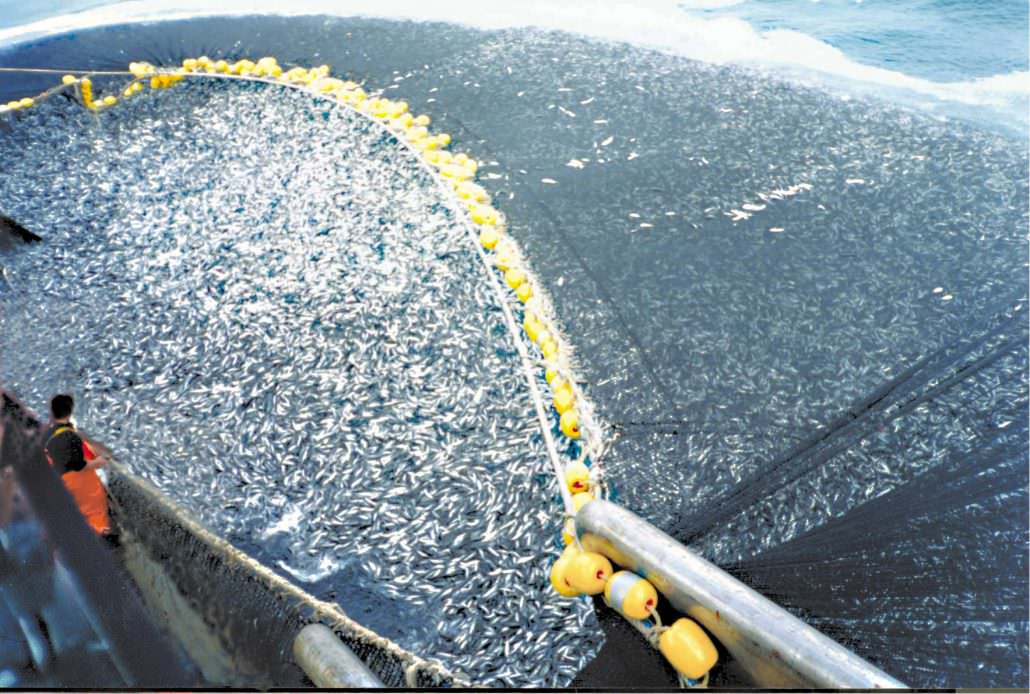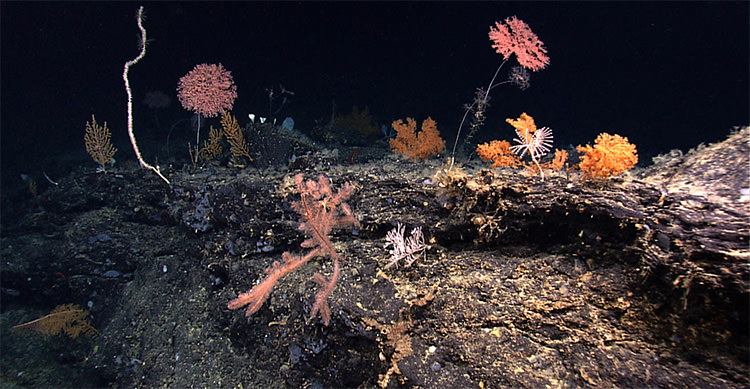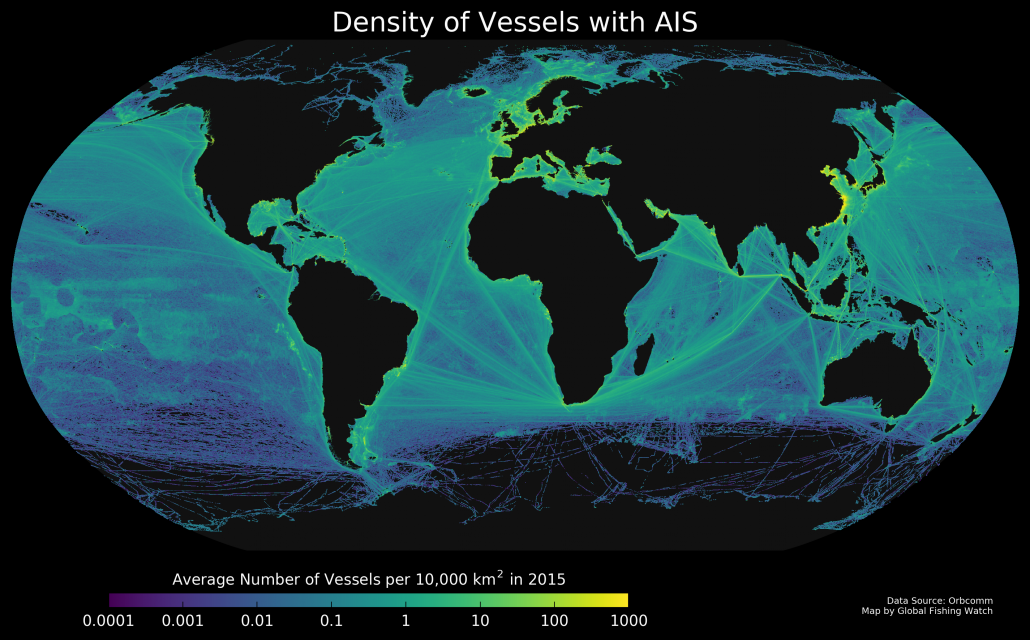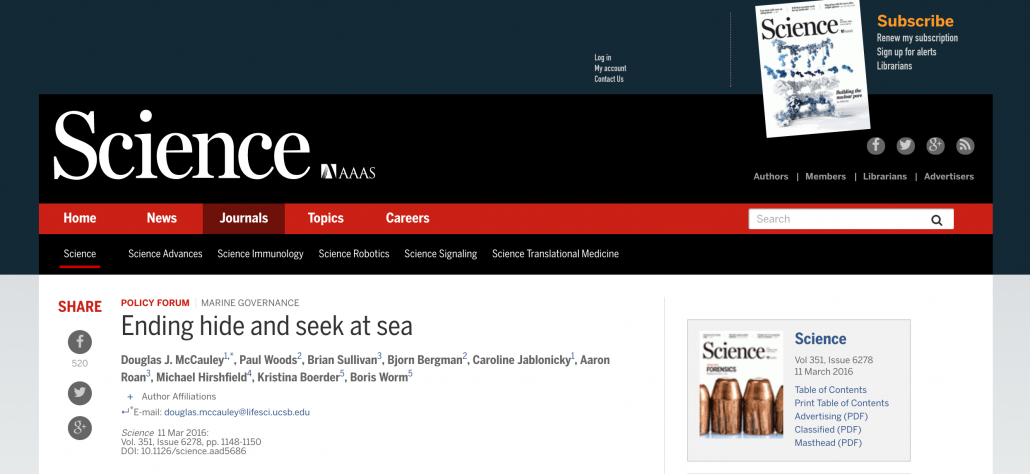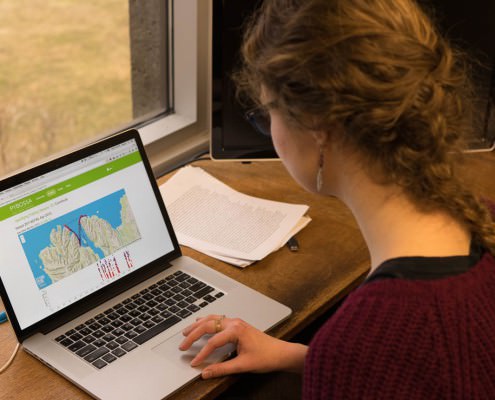Diversity Expedition Update
Last week we reported on an expedition to survey diversity in the deep sea off the coast of Southern California. The goal of the expedition was to document on video the diversity of deep sea diversity in the area and demonstrate the need to close the waters of the Southern California Bight to bottom trawl fishing which destroys […]
Diversity Expedition Update Read More »
